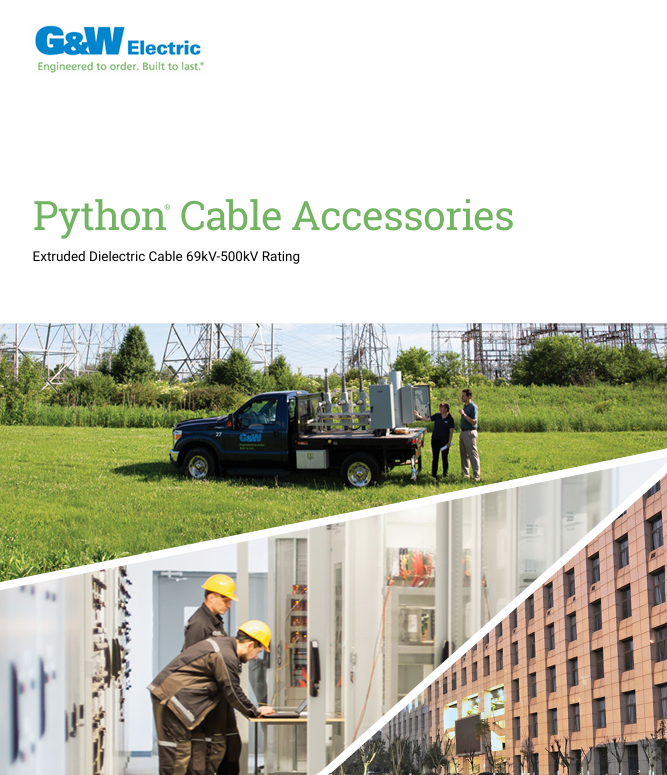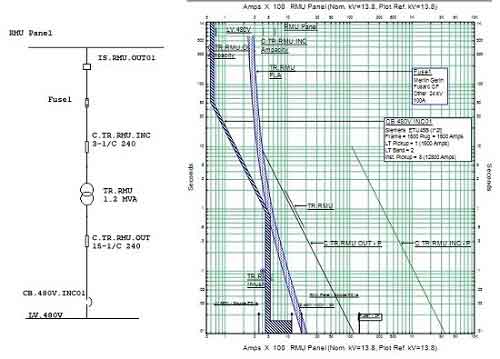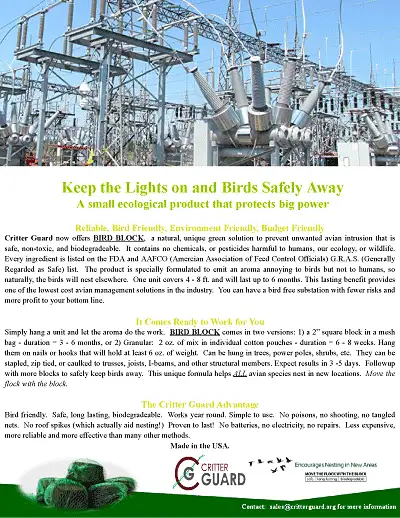How Much Electricity Does A High-Voltage Transformer Produce
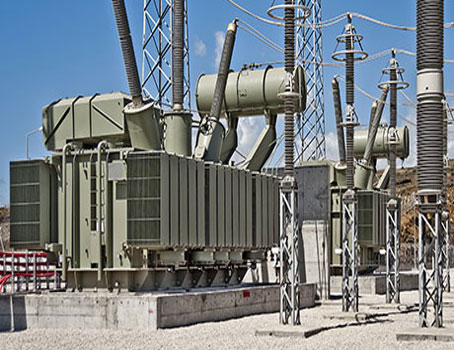
Substation Relay Protection Training
Our customized live online or in‑person group training can be delivered to your staff at your location.

- Live Online
- 12 hours Instructor-led
- Group Training Available
Download Our OSHA 4474 Fact Sheet – Establishing Boundaries Around Arc Flash Hazards
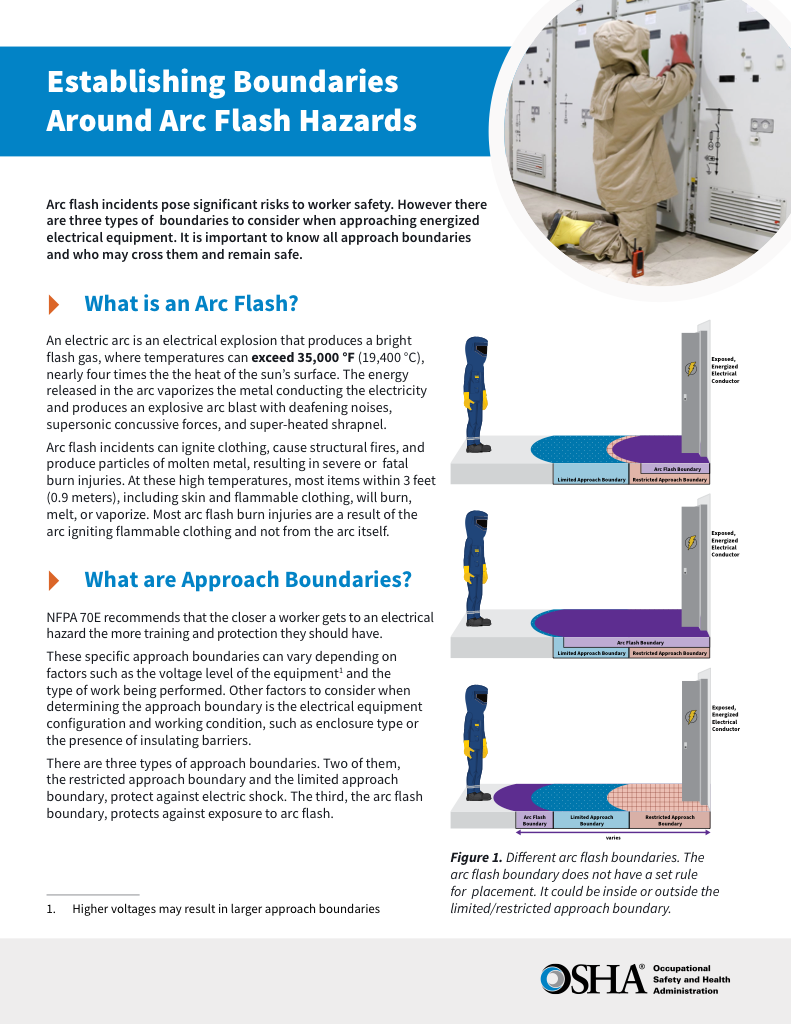
- Understand the difference between arc flash and electric shock boundaries
- Learn who may cross each boundary and under what conditions
- Apply voltage-based rules for safer approach distances
A high voltage transformer doesn't generate electricity—it transfers electrical energy between circuits, often stepping voltage up or down. Output power depends on design, but large units may handle tens to hundreds of megawatts in substations and industrial power systems.
How Much Electricity Does a High Voltage Transformer Produce?
A high voltage transformer transfers electrical energy across circuits. It doesn’t generate electricity, but it delivers a high power output, depending on its design and application.
✅ Transfers, not generates, electrical energy
✅ Handles tens to hundreds of megawatts
✅ Used in substations and industrial grids
For foundational insights, visit our guide on what is a transformer, which explains its core function in electrical systems, including the role of high-voltage variants.
High-voltage transformers play a pivotal role in the electrical grid, but have you ever wondered how much electricity they produce? While transformers don’t generate electricity, they are crucial in elevating voltage levels and ensuring efficient power transmission and distribution. These devices enable electricity to travel long distances from power plants to homes and industries while minimizing energy loss. Understanding the output of high-voltage transformers is essential for optimizing energy efficiency, system design, and cost management. Let's delve into the intricacies of high-voltage transformers, examining how they operate and why their performance is essential for a reliable and sustainable power supply. To understand how a transformer is a device that increases or decreases voltage, it's essential to recognize that high-voltage units primarily serve to step voltage up or down for efficient power transmission.
The Role of Voltage Transformation
High-voltage transformers are vital components of modern electrical power systems. They do not "produce" electricity in the conventional sense but play a critical role in managing and transforming electrical energy for various applications. By stepping up or stepping down voltage levels, these transformers ensure efficient energy transmission and distribution while minimizing energy losses. Understanding how much electricity a high-voltage transformer can handle requires an examination of its design, applications, and operational parameters.
Electricity Today T&D Magazine Subscribe for FREE

- Timely insights from industry experts
- Practical solutions T&D engineers
- Free access to every issue
Applications Across Industries
High-voltage transformers are employed across various sectors due to their versatility and efficiency. In renewable energy systems like wind farms and solar power plants, they step up the generated power for distribution. In industrial applications, such as steel manufacturing or mining, they regulate power supplies to match the requirements of heavy machinery. Similarly, in healthcare, these transformers enable advanced medical imaging equipment to operate safely. They are also critical in data centers and telecommunications, ensuring a steady power supply to maintain uninterrupted operations. When comparing different types of transformers, high-voltage models are designed specifically to handle large-scale applications across power grids and industrial systems.
Voltage Ranges and Capacity
The voltage ranges of high-voltage transformers can vary significantly, typically starting at 35 kV and extending to several hundred kV. These transformers are designed to handle massive amounts of power while maintaining efficiency and minimizing energy losses. Their capacity depends on the specific application. For instance, transformers used in national power grids often manage voltages exceeding 400 kV, ensuring electricity travels across vast regions without significant degradation. In generation facilities, a generator step-up transformer boosts output voltage levels to reduce losses during long-distance transmission.
Innovations in Transformer Design
Transformer design is a crucial aspect that determines the amount of electricity a high-voltage transformer can handle. Engineers consider various factors, including the transformer's input and output voltage, frequency, and insulation requirements. Advances in transformer design have also led to innovations aimed at improving efficiency and minimizing power consumption. By optimizing materials and configurations, modern transformers achieve higher performance levels while reducing their environmental footprint. A 3-phase to single-phase transformer plays a key role in converting high-voltage three-phase power for single-phase applications.
Ensuring Safety in High-Voltage Operations
Safety is a paramount consideration when handling high-voltage transformers. These devices operate under extremely high voltages, presenting risks such as electric shock, equipment failure, and fire hazards. As a result, engineers and operators must adhere to stringent safety protocols, including proper insulation, routine maintenance, and emergency response planning. These measures not only protect personnel but also ensure the reliable operation of the transformers.
Frequently Asked Questions
What is the maximum voltage a high-voltage transformer can handle?
High-voltage transformers are designed to handle a wide range of voltages, typically starting at 35 kV and extending to several hundred kilovolts (kV). In high-capacity systems, such as those used in national power grids, transformers can manage voltages exceeding 400 kV and, in some cases, up to 765 kV or more. The maximum voltage a transformer can handle depends on its design, the type of insulation materials used, and its intended application. Many systems rely on a capacitor voltage transformer to accurately measure voltage while providing insulation from high-voltage networks.
How do high-voltage transformers reduce energy losses during transmission?
High-voltage transformers reduce energy losses by stepping up voltage levels for long-distance transmission. When the voltage is increased, the current flowing through transmission lines decreases, which in turn reduces resistive losses (heat) in the conductors. At the destination, the transformers step down the voltage to safe, usable levels for consumers. This process of voltage adjustment is essential for minimizing energy dissipation and maintaining efficient power delivery over large distances.
What factors determine the power capacity of a high-voltage transformer?
-
Voltage Rating: The input and output voltage levels determine how much energy the transformer can process.
-
Core Material: High-quality materials, like silicon steel, improve magnetic efficiency and reduce losses.
-
Winding Design: The number of turns in the primary and secondary windings affects the transformer's voltage transformation ratio and capacity.
-
Cooling System: Effective cooling systems, such as oil-immersed or air-cooled designs, ensure the transformer operates within safe temperature limits under heavy loads.
-
Frequency: The operating frequency influences the size and efficiency of the transformer.
Engineers assess performance and energy loss using detailed transformer ratings and transformer losses data when selecting or designing high-voltage units.
Sign Up for Electricity Forum’s Electrical Transformers Newsletter
Stay informed with our FREE Electrical Transformers Newsletter — get the latest news, breakthrough technologies, and expert insights, delivered straight to your inbox.
What role do high-voltage transformers play in renewable energy systems?
High-voltage transformers are essential for integrating renewable energy sources, such as wind farms and solar power plants, into the electrical grid. They step up the relatively low voltage generated by renewable sources to higher levels suitable for transmission and distribution. For example, wind turbines may produce electricity at a few hundred volts, which must be stepped up to thousands of volts for efficient transport to substations. At substations, other transformers step down the voltage for distribution to homes and businesses. High-voltage transformers enable the reliable and efficient delivery of renewable energy to end users.
What safety measures are required for operating high-voltage transformers?
Operating high-voltage transformers requires stringent safety measures to prevent hazards such as electric shock, equipment damage, and fire. These measures include:
-
Proper Insulation: High-quality insulation materials reduce the risk of electrical arcing and short circuits.
-
Routine Maintenance: Regular inspection and servicing help identify potential issues before they become critical.
-
Grounding Systems: Proper grounding prevents voltage surges and protects equipment and personnel.
-
Overload Protection: Circuit breakers and fuses ensure the transformer operates within its capacity.
-
Training and Protocols: Operators must be trained to follow safety protocols and use protective equipment when working near high-voltage systems.
These measures ensure safe and reliable operation, thereby extending the equipment's lifespan.
High-voltage transformers do not produce electricity; instead, they transform electrical energy by altering voltage levels to meet the power system's needs. Their primary function is to step up voltage for efficient long-distance transmission or step it down for safe distribution to homes, businesses, and industries. The amount of electricity a transformer handles depends on its capacity, design, and application. Understanding this capacity is crucial for optimizing power efficiency, minimizing losses, and ensuring the reliability of the electrical grid. High-voltage transformers are indispensable components of modern power systems, enabling the seamless delivery of electricity across vast networks.







